Description
Ultrasonic probes: a competitive analysis
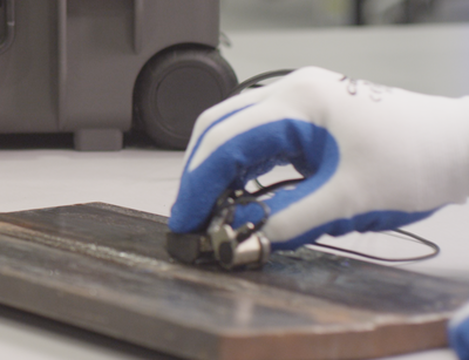
As a world leader in NDT, we believe that a brand is only as valuable as its results. After all, when you’re in the field and need probes that provide the most reliable and efficient data, you can’t leave things to chance. This comparative analysis presents three of our ultrasonic transducers and measures their performance against similar devices from our competitors. Download the analysis to make sure you get it right the first time when choosing a transducer.
Descargar catálogo transductores para UT.
See all the contact probes we offer – Straight Beam Transducers – Single Element
 Single-element transducers with a straight beam, typically used for manual inspections, are ideal for scanning parts with regular geometries and relatively smooth contact surfaces. This includes flat or curved surfaces where defects or a back wall parallel to the surface need to be identified, as well as detection with a beam perpendicular to the surface. You can use these probes, which offer improved resolution close to the surface, combined with a coupling layer (typically gel, oil or paste) when you need to penetrate a thick section of material.
Single-element transducers with a straight beam, typically used for manual inspections, are ideal for scanning parts with regular geometries and relatively smooth contact surfaces. This includes flat or curved surfaces where defects or a back wall parallel to the surface need to be identified, as well as detection with a beam perpendicular to the surface. You can use these probes, which offer improved resolution close to the surface, combined with a coupling layer (typically gel, oil or paste) when you need to penetrate a thick section of material.
Download transducer catalog for UT.
Straight-beam transducers – Two-element transducers (TR)

Two-element transducers (TR) with a straight beam are best for manually scanning thin sections of material when looking for defects, if there are parallel back walls or if you want to study defects with a beam perpendicular to the surface. These probes, with excellent near-surface resolution and lower scattering noise, have transmit and receive elements separated by a crosstalk barrier. They can be positioned and attached to curved and rough parts and surfaces and require a coupling layer, typically gel, oil or paste.
For North American customers: Stylus models use fixed BNC (ADP) or MMD (FDU) cables with side mounting.
Download transducer catalog for UT.
Angle beam probes

Angle beam probes are recommended for parts with inclined defects, such as welds, and are sometimes used in mechanized or automated testing. They use refraction to transmit shear or longitudinal waves at a predetermined angle, whereas most standard transducers generate shear waves by mode conversion. The elements are mounted in integral or replaceable pads that require a coupling layer, usually gel, oil or paste.
Our angle beam probes are available in single and two-element configurations and in different sizes.
Download transducer catalog for UT.


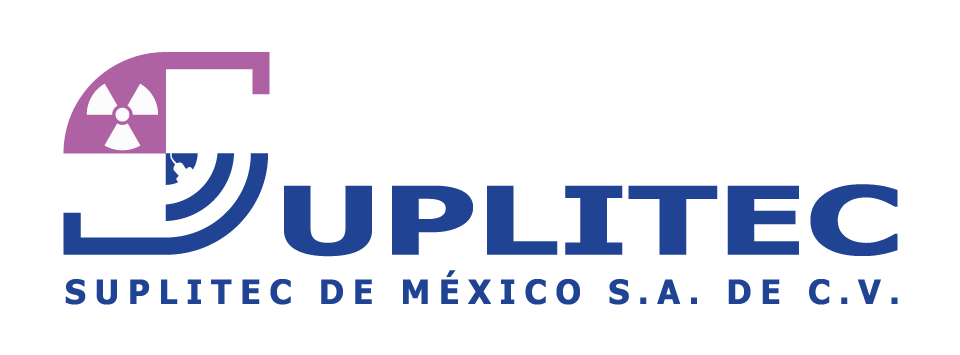











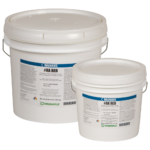
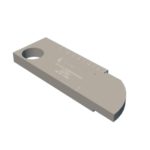
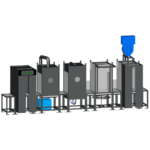
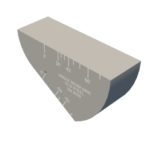

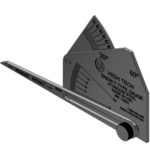



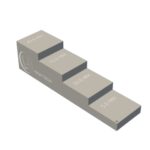
Reviews
There are no reviews yet.